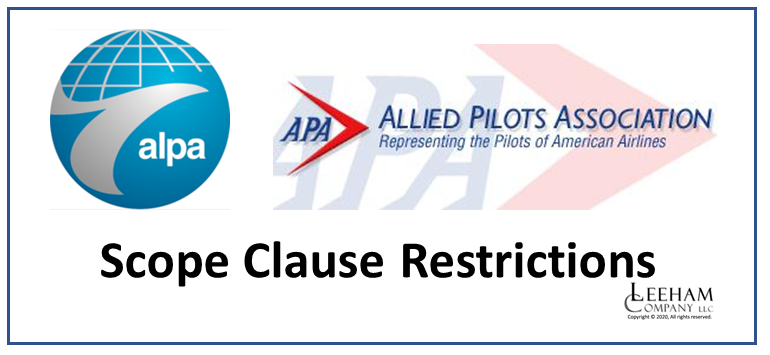Leeham News and Analysis
There's more to real news than a news release.
Sunset of the Quads, Part 1
Subscription Required
By Vincent Valery
Introduction
July 30, 2020, © Leeham News: British Airways announced two weeks ago that it would immediately retire its entire Boeing 747 fleet. Several other operators announced accelerated retirements of their Queen of the Skies fleets. There are now fewer than 100 747s left in passenger service.
While less publicized, airlines have also been accelerating the retirement of their Airbus A340 fleets. Lufthansa put its 10 remaining A340-600s into long-term storage.
So far, Air France is the only airline to have permanently retired its A380 fleet, initially scheduled for 2022. However, Emirates and China Southern are the only airlines currently operating the Superjumbo in passenger service. All but a handful of A380s are in storage, with some airlines not intending to bring them back into service for several years.
The slump in passenger traffic caused by the COVID-19 outbreak accelerates the sunset process of the markets operated by quad-engined aircraft. What did the quads bring that was desirable and what changed? Are quad engine aircraft gone for all times?
We look into these questions in this article series, and we start with the Queen of the Skies, and we focus its best selling variant, the 747-400.
Summary
- Shrinking quad-engine jet fleet;
- Flying an A340 or 747 will be rare;
- Uncertain future for A380;
- 747-400 commercial success;
- An ultra-long-range route.
Looking ahead for 2020 and 2030 decades: ATR & De Havilland Canada
Subscription Required
Seventh and final in a series.
By Judson Rollins
Introduction
Jet manufacturers typically introduce a new airplane every 15 years or so.
Commercial turboprops have not innovated to nearly the same extent as jets, with rival manufacturers ATR and De Havilland Canada (and predecessor Bombardier) having produced nearly 95% of the world’s in-service fleet. Although order volume has slowed in recent years, more than 300 aircraft are still on order.
Both manufacturers sell aircraft based on 30+ year old designs. However, the market’s size is probably capped because of turboprops’ relatively low cruise altitude and speed, making them limited alternatives to regional jets beyond roughly 500nm. This limits the return on investment from a clean-sheet design, either from aerodynamic improvements or the use of carbon composites.
Emerging threats lie on the horizon as China’s Xian MA700 nears its first flight and Embraer deliberates re-entering the market with a new design. Given sufficient market acceptance, either would constitute a significant threat not only to ATR and DHC, but potentially also the smaller end of the regional jet market.
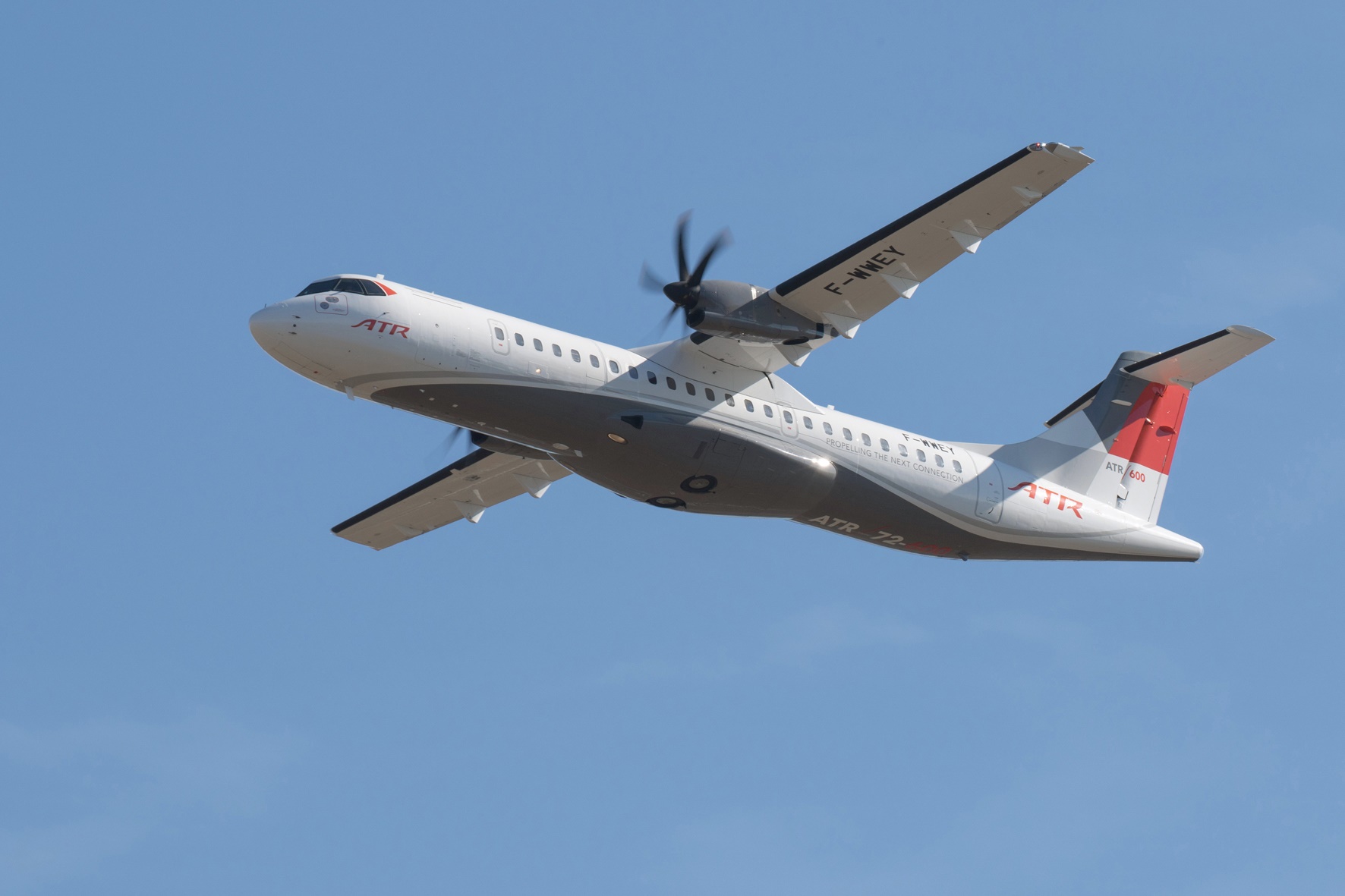 Summary
Summary
- ATR has a commanding share of the market; access to Airbus resources adds to ATR’s ability to win future business.
- DHC’s dwindling order book and high production costs limit its ability to compete.
- Old designs leave the turboprop space ripe for disruption; Embraer may re-enter the market with a clean-sheet design.
Looking ahead for 2020 and 2030 decades: Mitsubishi
Sixth in a Series
Subscription Required
By Scott Hamilton
July 23, 2020, © Leeham News: The Mitsubishi Aircraft (MITAC) SpaceJet program is in limbo.
MITAC parent Mitsubishi Heavy Industries (MHI) suspended development of the M100 SpaceJet in the wake of the COVID-19 crisis. Customers are suppliers are in the dark about this program’s future.
suppliers are in the dark about this program’s future.
MHI continues to complete certification of the M90 SpaceJet, which is simply the rebranded MRJ90. But, as LNA previously wrote, the M90 is at an economic disadvantage to the competing Embraer E-Jets.
The planned entry-into-service for the M90 is next year. However, certification process by the Japanese regulator is slow. The impact by COVID on the certification process and EIS remains to be seen.
Summary
- M100 program on hold at least until next year.
- What’s next for MHI?
- Strengths, Weaknesses, Opportunities and Threats
Restoring capacity with the A330ceo or A330neo, Part 6, Wrapup.
Subscription Required
By Bjorn Fehrm
Introduction
July 23, 2020, © Leeham News: Over the last four weeks, we analyzed the venerable Airbus A330, to see if the present low fuel and lease prices make the recent A330neo version less attractive than an older ceo version.
As airlines are cash injection driven in the present COVID-19 crisis, taking delivery of a new aircraft and then do a sell, lease back deal injects fresh cash to the airline. The order deposit and the Pre-Delivery-Payments, PDPs, then flows back to the airline. This is why we see airlines take new aircraft despite not really needing them right now.
The A330 has seen phenomenal growth in capability as the Gross Weight has gone from 212t to 251t over the years. We now wrap the series by looking if there is potential for another stretch in the A330? Could it grow to a true Pacific-Ocean crosser, and if so, what changes should be made?
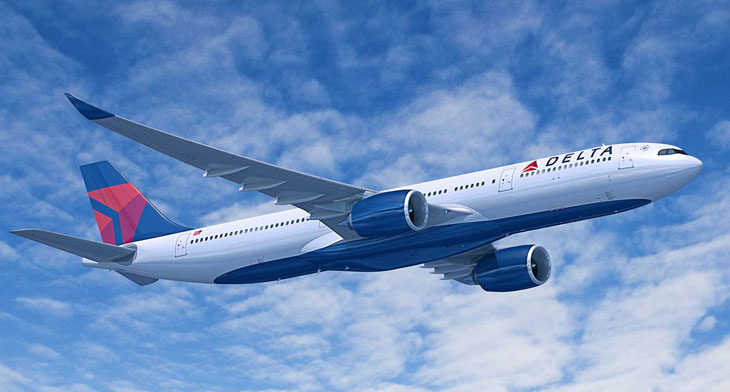 Summary
Summary
- The A330neo now has a 251t Maximum TakeOff Weight (MTOW). Is this enough or could the aircraft gain from another MTOW hike?
- We go through the gains and the areas that need changing should the business case be there to stretch the payload-range curve further for the A330neo.
As federal aid comes to end, small suppliers see “blood bath”
Subscription Required
By Scott Hamilton
Introduction
July 20, 2020, © Leeham News: As the Payroll Protection Plan of the US government nears expiration, a blood bath among small suppliers is all but certain unless an extension is approved by Congress.
This is the dire forecast by William Alderman of Alderman & Co. Alderman specializes in representing small suppliers and aftermarket companies wanting to exit the business. Small, in this case, is defined as revenues up to $100m.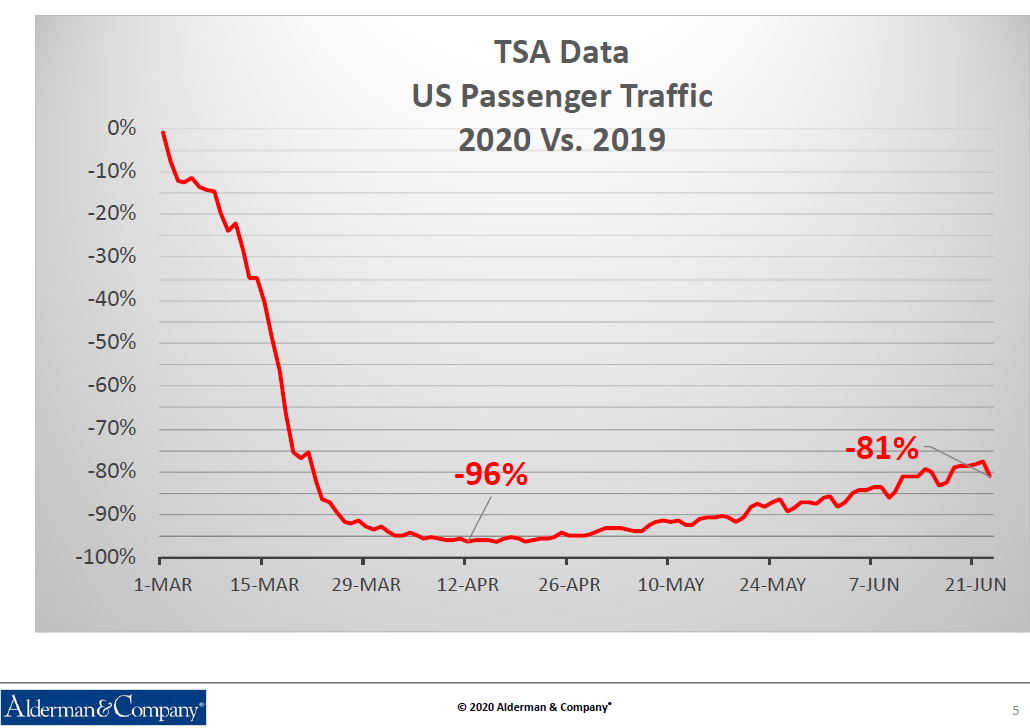
Alderman told LNA that some of his clients don’t see business recovery for 10 years. This is a different metric than the one most often cited: air traffic returning to pre-COVID levels in 2023-24, by most accounts.
Summary
- Small companies need PPP extension.
- Small companies need working capital, fast.
- If neither is forthcoming, exiting the business in the other alternative.
Restoring capacity with the A330ceo or A330neo, Part 5
Subscription Required
By Vincent Valery
Introduction
June 18, 2020, © Leeham News: In the previous articles, we outlined Economic factors that determine whether the older A330ceo or newer A330neo is a better choice for airlines. We summarize those findings and broaden the discussion.
Summary
- Economic summary;
- The case for keeping older aircraft;
- And purchasing newer ones;
- A further factor in favor of more modern airplanes;
- Potential A330neo enhancements.
Looking ahead for 2020 and 2030 decades: UAC
Subscription Required
Fifth in a series.
By Bjorn Fehrm
Introduction
July 15, 2020, © Leeham News: UAC stands for United Aircraft Corporation, and is the name of the group owning the Russian aircraft industry.
After the fall of the Soviet Union, the multitude of individual companies and design bureaus could no longer survive on their own. The Russian state, therefore, gathered them all in UAC to introduce necessary consolidation and reform.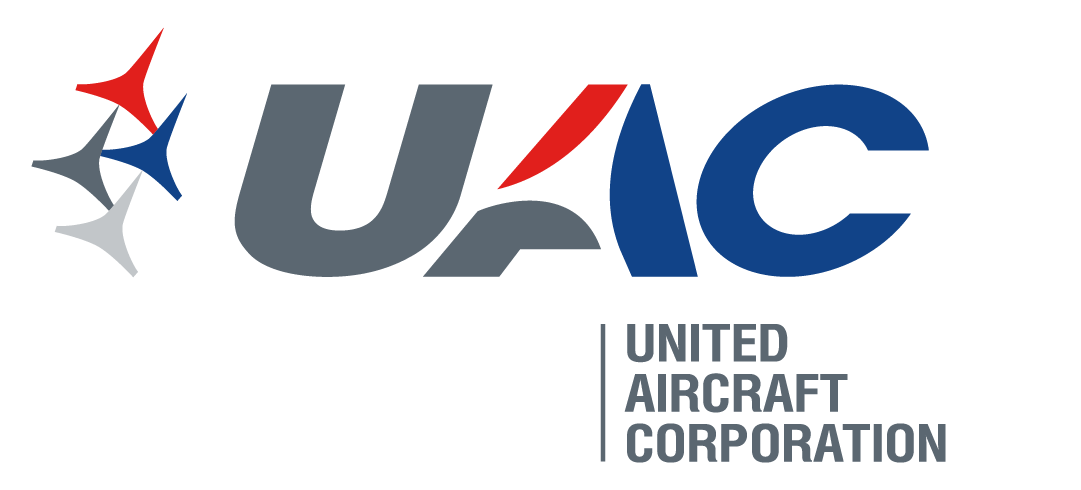
While UAC has done much with the support of the Ministries of Industry and Defense, the changing political situation for Russia has made it harder for the Civilian aircraft side to achieve sales outside captive Russian markets for its jets.
Summary
- UAC is the holding company of the Russian aircraft industry since 2006. The UAC management has stopped pointless infighting and consolidated the industry, latest to a civilian and military side.
- But it’s ambitions on the civil side outside Russia is at mercy to state politics and the Kremlin has shown that world politics is more important than the development of its industries.
- This, and the rise of arch-rival and cooperation partner China, clouds the future for UAC civil aircraft.
Restoring capacity with the A330ceo or A330neo, Part 4
Subscription Required
By Bjorn Fehrm
Introduction
July 9, 2020, © Leeham News: Last week, we started the analysis of restoring capacity with the Airbus A330-300 or the A330-900 when reopening international traffic after the COVID-19 lockdown.
As we did with the A330-200 versus the A330-800, we fly them side by side between Paris Charles de Gaulle and Sao Polo’s Guarulhos airports. It’s a 13-hour flight with maximum freight in the cargo bays to gain revenue in addition to our part full cabin.
Will the payload-range of the A330-300 or A330-900 be sufficient to load the aircraft for maximum revenue on the route? We use our airliner performance model to find out.
Summary
- The A330-300 has gradually got more range as the Maximum TakeOff Weight (MTOW) has grown. The example highlights the limitations that still exits in this model of the A330.
- The A330-900 adds another nine tonnes MTOW over the highest MTOW A330-300. To what extent does it fix the A330-300 limitations on this route?





